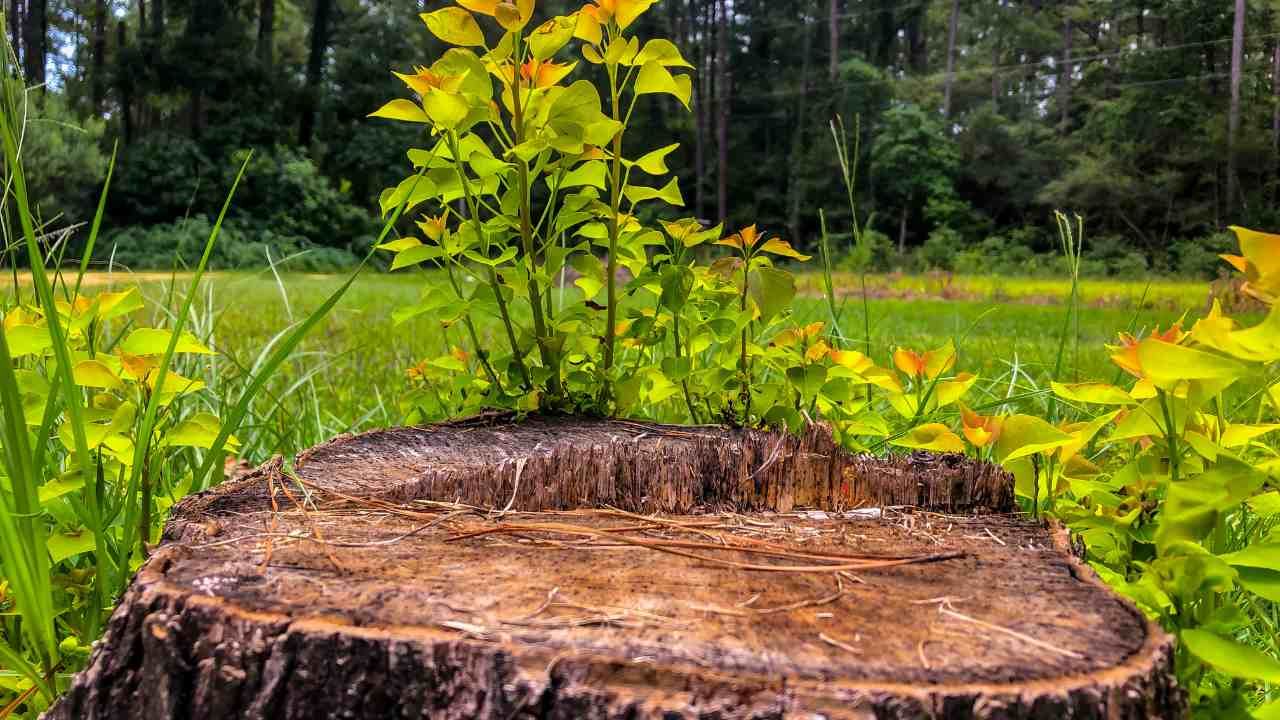Can a Tree Grow Back After Stump Grinding?

Most homeowners breathe a sigh of relief once a troublesome tree has been removed, only to wonder what happens next. One of the most common questions after stump removal is whether the tree can grow back. The process of stump grinding in New Haven CT is designed to eliminate this concern, but regrowth can sometimes still occur under certain conditions.
Tree removal is more than just cutting down the trunk; the roots beneath the soil still carry life. This is why some people hire trusted professionals like Avalanche Tree and Landscaping LLC—to ensure the stump and roots are properly dealt with. Without proper grinding, those underground roots can sprout suckers, which over time may develop into new growth if left unchecked.
While stump grinding greatly reduces the risk of regrowth, it’s not always a total guarantee. Depending on the tree species, the size of the root system, and the depth of grinding, there may still be a chance that shoots push up through the soil. That’s where expert landscaping services come in—they can assess whether additional steps like chemical treatments or root removal are necessary to fully prevent regrowth.
For most homeowners, the main goal of stump grinding is to restore the usability and appearance of the yard. Imagine removing a stubborn oak tree to create more lawn space or installing a new garden bed. Without grinding, the old stump sits in the way, and roots beneath the surface may interfere with your plans. By properly addressing both the stump and its underlying system, you’re ensuring your outdoor space can be repurposed without surprises.
How Stump Grinding Works
Stump grinding involves using specialized equipment to shred the stump into wood chips. Unlike stump removal, which extracts the stump and roots entirely, grinding focuses on eliminating the visible stump while breaking the root system down to a manageable level. Typically, the stump is ground six to twelve inches below the soil surface, depending on your landscape’s needs. This depth prevents most species from sprouting back.
Why Some Trees Try to Regrow
Certain tree species are more resilient than others. Willows, maples, and poplars, for instance, are notorious for sending up shoots after being cut down. These species have strong survival instincts and can use stored energy in their root systems to push new growth even after stump grinding. However, with repeated mowing, treatment, or additional grinding, these shoots can be controlled until the roots exhaust their energy and die off.
Benefits Beyond Regrowth Prevention
Even if regrowth isn’t a concern, stump grinding offers other valuable benefits. A smooth yard surface is safer, easier to mow, and more visually appealing. Leftover stumps attract pests such as termites and carpenter ants, which can spread to other trees or even your home. Grinding also helps prevent fungi and disease from spreading to healthy plants in your yard.
Case Study: Regrowth Controlled
One homeowner in New Haven faced constant maple shoots sprouting in their yard after a tree was cut down but not fully ground. They decided to invest in professional stump grinding, followed by consistent mowing and a soil treatment plan. Within a year, the regrowth stopped completely, and the space was transformed into a garden bed. This highlights how the right combination of techniques ensures stumps don’t continue causing problems long after tree removal.
Final Thoughts
So, can a tree grow back after stump grinding? The short answer: rarely, and when it does, it can be managed. Choosing the right professionals ensures not only that the stump is dealt with properly but also that your yard remains beautiful and functional for years to come.
Ready to reclaim your outdoor space? Schedule stump grinding with a trusted local team and enjoy the peace of mind that comes with a clean, regrowth-free yard.

